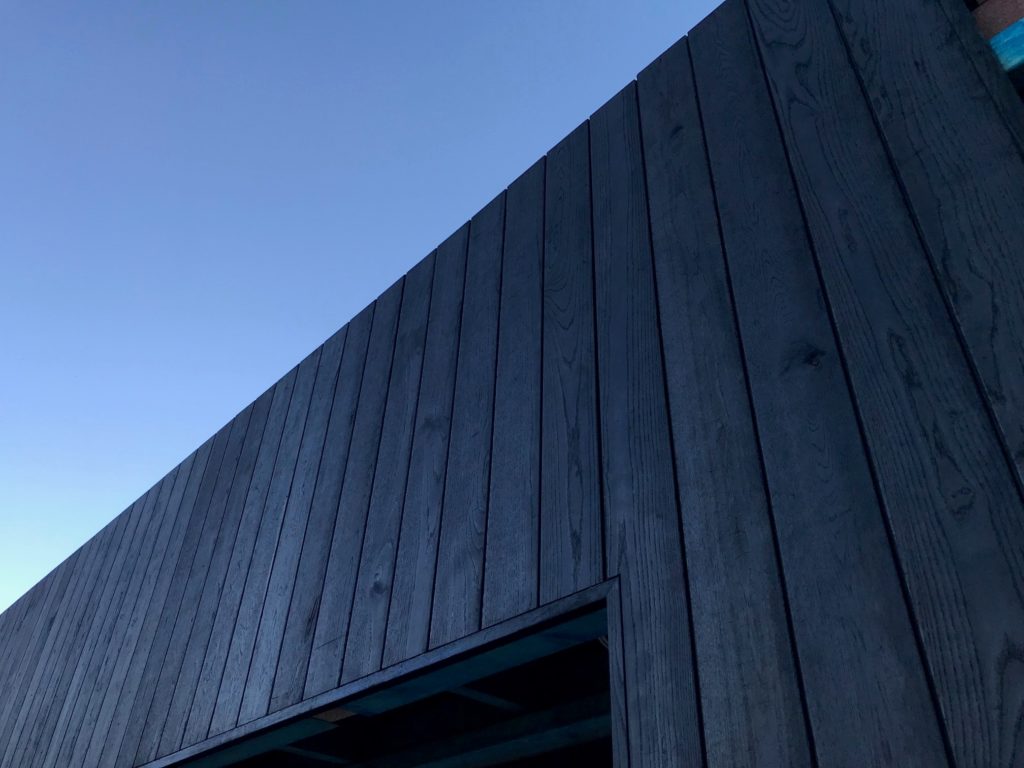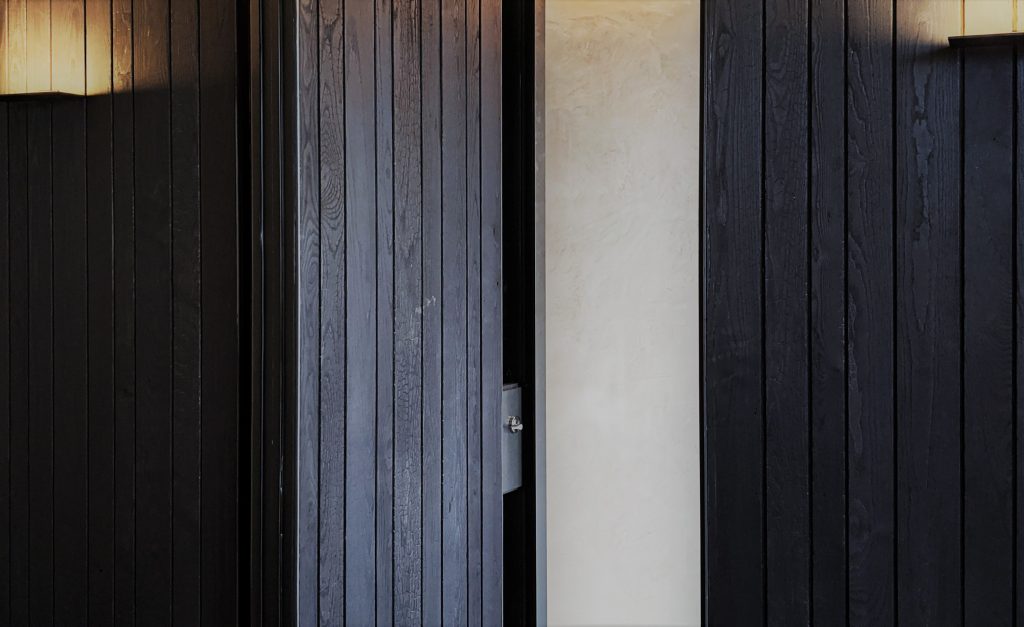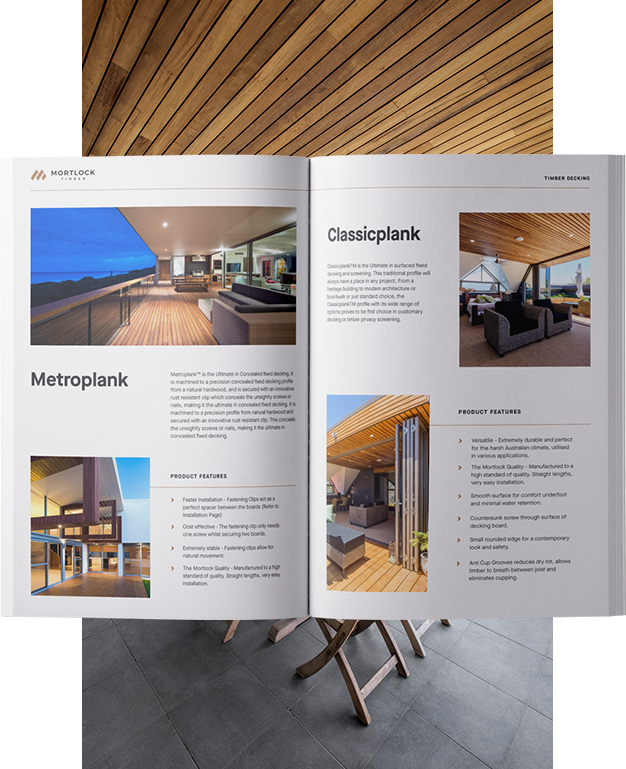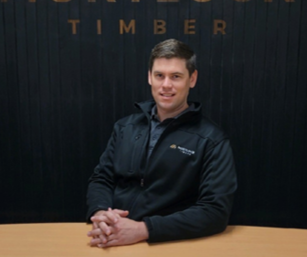Shou Sugi Ban: What you need to know about charred timber

Shou Sugi Ban (also known as Yaki Sugi) is a centuries-old Japanese method of wood preservation. The literal translation is ‘burnt cedar board’, the product is used for cladding, screening, ceilings and timber walls. It’s created by charring the surface of the wood without combusting the whole piece, making it waterproof and extremely durable.
The Best Timber for Charred Timber Cladding
High density timber (like Australian hardwoods) won’t produce a deep protective char layer. Soft timbers (like pine) can form a very deep char layer – sometimes too deep, which means the charcoal can chip off easily. A stable hardwood timber with a lower density gives the best result. We recommend Thermally Modified American Ash (we call Burnt Ash) – a durability class 1 species, with 700kg/m3 density. This timber is stable and has the right density to achieve a 2-3mm charred surface. A 2-3 mm char layer is required for best performance when exposed to weather.
Char depth is a factor
The charcoal layer needs to be as even as possible. If areas of the timber were not charred properly, they’ll weather unevenly. Your façade will eventually have patches where exposure has worn away the thinner char, which is not aesthetically appealing.
Both the depth and evenness can be fixed by charring timber in a controlled environment. A specially design machine with a cooling system is required to combat these issues. It’s worth noting that you’ll never get a perfect depth and evenness because, being a natural material, every piece of timber is slightly different.
Other Timbers you can use for Shou Sugi Ban
There are other timbers you can use for Shou Sugi Ban. We have two other options: Spotted Gum and Jarrah. Spotted Gum is mainly used where a BAL (Bushfire Attack Level) rating of 29 is required. Jarrah is mainly used as budget option or where a BAL19 rating is required. While not as stable as Burnt Ash, we have been able to char these species without cupping and warping. However, they don’t produce a deep charred surface like Burnt Ash so they do require more maintenance. Further information on the timber options can be found in the DESIGN & INSTALLATION GUIDE
Shou Sugi Ban for interiors
The char can rub off if brushed against, so we recommend that you apply a interior timber coating to bind the surface together. For exteriors, allow it to weather for a month or so to eliminate the rubbing off, of the charcoal.

Maintaining Shou Sugi Ban
Our Japanese charred cladding is supplied with a factory coat of oil prior delivery. Once the cladding is installed, we recommend a second coat oil is applied, and a third coat when project is completed. The 2nd and 3rd coats need to be spaced 4-6 weeks apart to allow the oil to soak into the timber.
Shou Sugi Ban can last up to 5-10 years without maintenance, we recommended re-coating to keep it hydrated and water resistant. Re-coat Burnt Ash Shou Sugi Ban every 3-4 years, and Spotted Gum and Jarrah every 18 months – 2 years. The frequency of maintenance coats also depends on the level of exposure the surfaces have to the weather.
Further details on the above information can be found in the Design & Installation Guide.
View our pricing and product guide

We are committed to bringing you timber products that add value and endure for years to come, even in heavy traffic and harsh weather conditions. We understand the value of efficiency when it comes to installation and keeping hardwood timber costs down. That’s why we’ve spent decades perfecting our designs to make them easier to handle, less wasteful and more efficient to install. This efficiency allows us to offer you premier products that are more cost-effective so that you can experience greater savings on timber wall costs, timber ceiling costs, timber cladding costs and timber decking costs.
Download our Pricing and Product Guide for our complete hardwood timber price list including timber decking prices, timber wall prices, timber ceiling prices and timber cladding prices.
